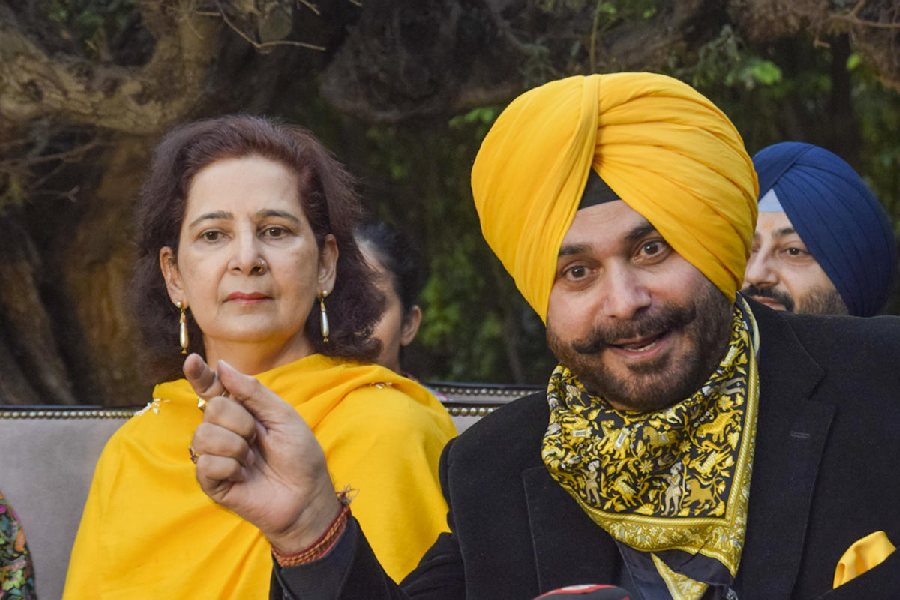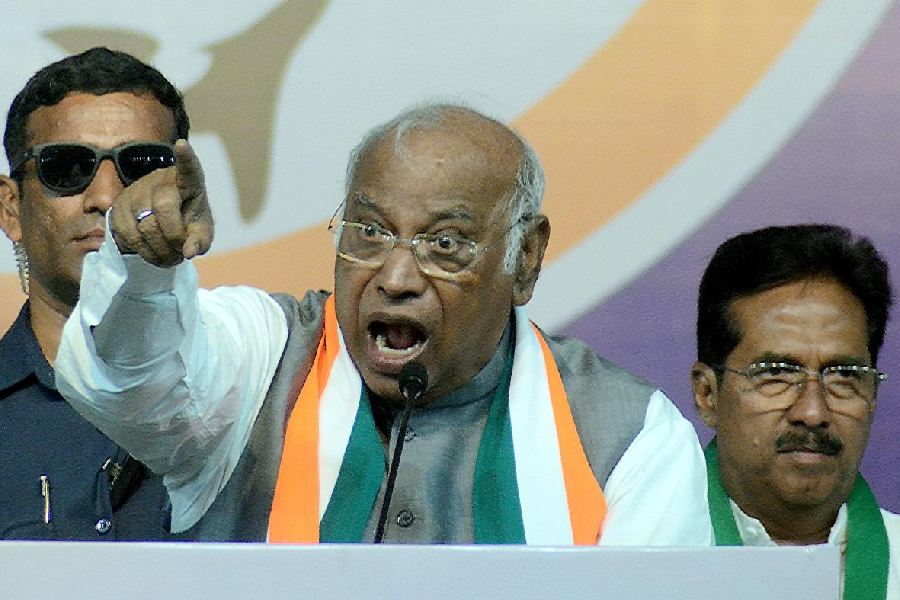It's nearing a century since the princely state of Travancore set up what is widely considered to be Kerala's first judicial panel to probe a boat mishap. And the practice of formation of judicial panels immediately after boat accidents continues to date in Kerala.
A three-member judicial commission formed by the state government last month to investigate the Tanur boat tragedy which claimed 22 lives is the latest on the list.
Historical records suggest that the first-ever such panel was formed nearly a century ago, even before the formation of the state of Kerala.
The then royal government of the princely state of Travancore had appointed a five-member committee, under a retired high court judge, to investigate the Pallana boat accident, the first massive water mishap that shook the state on January 16, 1924.
As many as 24 people -- 23 passengers and the oiler of the vessel -- lost their lives in the accident at Pallana Canal, about 15 miles south of Alleppey (present Alappuzha district), according to the 'Archives Treasury' published by the Kerala State Archives Department.
Kumaran Asan, the illustrious Malayalam poet, was also among those who had lost their lives when tragedy struck 'Redeemer', a motor boat belonging to the Travancore and Cochin Motor Service.
Recognising the "seriousness" of the tragedy, the royal government ordered the constitution of a committee led by P Cheriyan, retired Puisne Judge, High Court, as its president, on January 31, 1924 to probe the mishap, it said.
'Puisne judge' is a judge who is ranked lower in seniority than the Chief Justice of that court.
The committee was entrusted with investigating the circumstances of the disaster and to suggest measures, if any, to prevent similar circumstances in the future, the record said.
Then Police Commissioner W H Pitt, Chief Engineer K V Natesa Iyer and advocates N Kumaran and M R Madhava Warrier, who were also members of the Legislative Council, were part of the panel, it said.
The royal government had asked the committee to submit its full report within two months.
As per the archival records, the panel held 14 sittings at Quilon (present Kollam), one at Karumadi and six at Alleppey as part of the investigation and as many as 83 witnesses were examined in all.
Of these, no less than 47 persons including five members of the crew had been aboard the 'Redeemer' at the time of the disaster, it said.
During the probe, the judicial panel found that overcrowding was the reason for the tragedy.
"There is ample evidence to show that long before the 'Redeemer' left the Quilon Jetty, it began to be inconveniently crowded," the committee report said.
It said all the passengers felt "very great discomfort" and most of them could not sleep at all till very late in the night.
The report had made sharp remarks against the 'boat-master' who allegedly paid no attention to the complaints of the passengers. "He was behaving in an exceedingly rude and insolent manner towards the passengers," it said.
The boat capsized all of a sudden while turning around the bend at Pallana, the panel report said, quoting the statements given by the rescued passengers. This is reminiscent of the recent tragedy at Tanur as well, where too the boat keeled over when it reached a bend in the river.
Giving an account of the shocking scenes inside the boat soon after it capsized, the commission's report said those who were jolted awake when the boat suddenly plunged into the water made frantic efforts to escape.
"The raised shutters, the fastened curtains and the floating cushions seriously handicapped the passengers who were imprisoned within the cabins and the upper deck," the report narrated.
While giving details of the passengers in the ill-fated boat, it specifically mentioned 30 persons who belonged to the Namboothiri or Embrandiri communities, who were returning after taking part in the Murajapam ritual held at Sree Padmanabha Swamy Temple in Trivandrum (Thiruvananthapuram).
The judicial panel, in its report, also rejected allegations made by some newspapers against the government officials in connection with the rescue mission.
On account of certain "vague unfavourable comments" that had appeared in public print concerning the conduct of 'Sirkar' (government) servants on this occasion, several witnesses were questioned, it pointed out. But, none of them had made any statement that would lend the slightest support to the allegations against any high or low ranking officials that they were "remiss" in doing their duty or gave cause for any complaint.
"On the contrary, most of them say that the Sirkar servants did everything that was possible for the recovery of the dead bodies and raising of the boats," the report added.
The judicial panel report also carried a chronology of post-tragedy events, especially with regard to the rescue mission, the number of dead bodies fished out from the canal each day and the persons rescued, details of the belongings of passengers recovered, the efforts to raise the boat and so on.
Present member of the Travancore royal family Adithya Varma said it is very interesting to note that nearly a century ago, the royal government had thought in such a far-sighted manner and appointed a judicial panel to ascertain the reasons of a massive tragedy.
A retired judge, an engineer, a police officer and legislative council members were included as members in the panel to cover all the aspects of the probe, he noted.
It is more interesting to see how democratic governments have followed suit and continue the same practice established by the royal administration after all these years, Varma noted.
"I am happy that the same kind of procedure, launched nearly 100 years ago by the royals, is being accepted and followed by the democratic government as well," Varma told PTI.
However, historians pointed out that the first judicial panel report published in the Archives Treasury is not complete and there are more portions that are yet to come out into the public domain.
Published in 1993, the Archives Treasury is a rare collection of select documents on the history of Kerala preserved in the archival repositories of the state and outside.
It was originally a collection of 32 volumes of the Kerala State Archives Newsletter published by the Department of Archives from 1974-1989.
Except for the headline, this story has not been edited by The Telegraph Online staff and has been published from a syndicated feed.











